David,
Relating to the pitchdown effect, at mine it only occurs at topspeed, i"ve set the speedcontrol at max 3/4, i suspect it has to do with the hydrodynamic effect of the tower, don"t know if others have the same problem.
So, the V80 is next on the list, has to cured by now.
Manfred.
Relating to the pitchdown effect, at mine it only occurs at topspeed, i"ve set the speedcontrol at max 3/4, i suspect it has to do with the hydrodynamic effect of the tower, don"t know if others have the same problem.
So, the V80 is next on the list, has to cured by now.
Manfred.




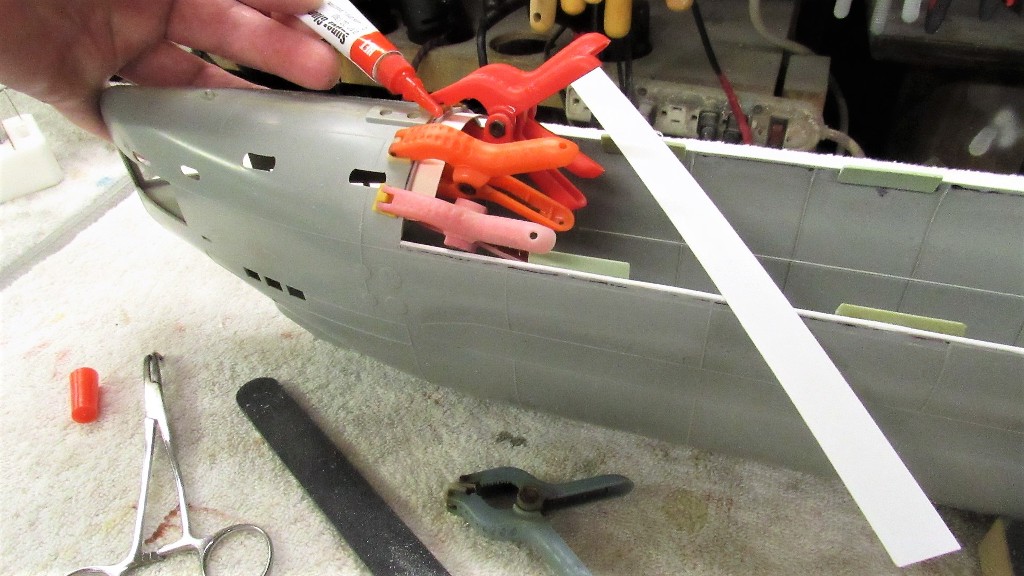
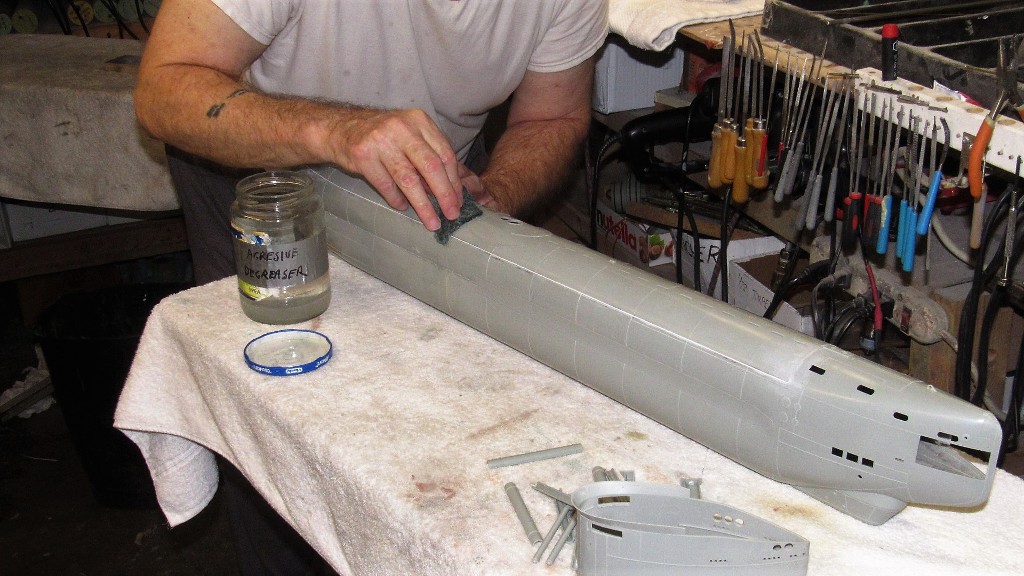
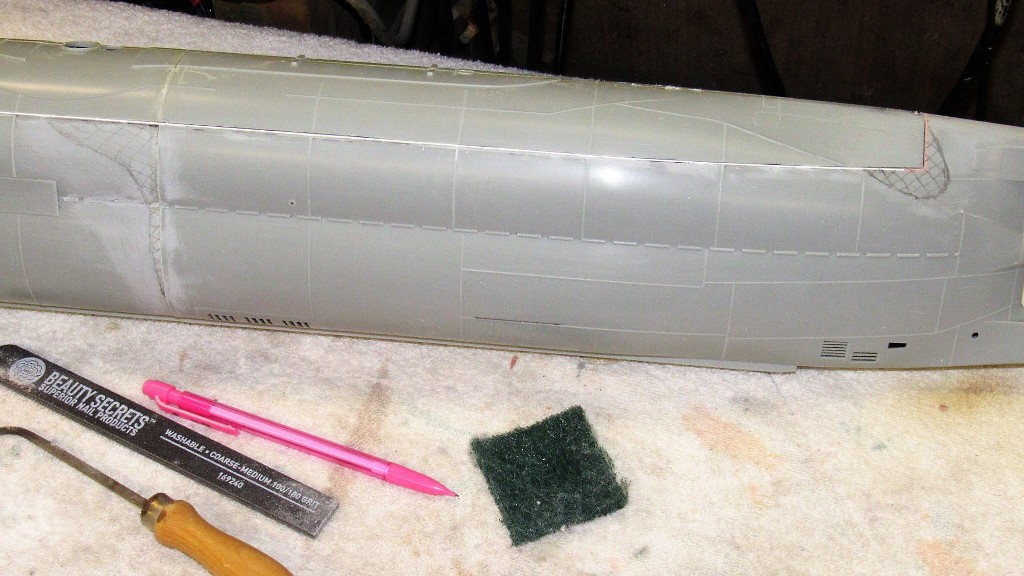

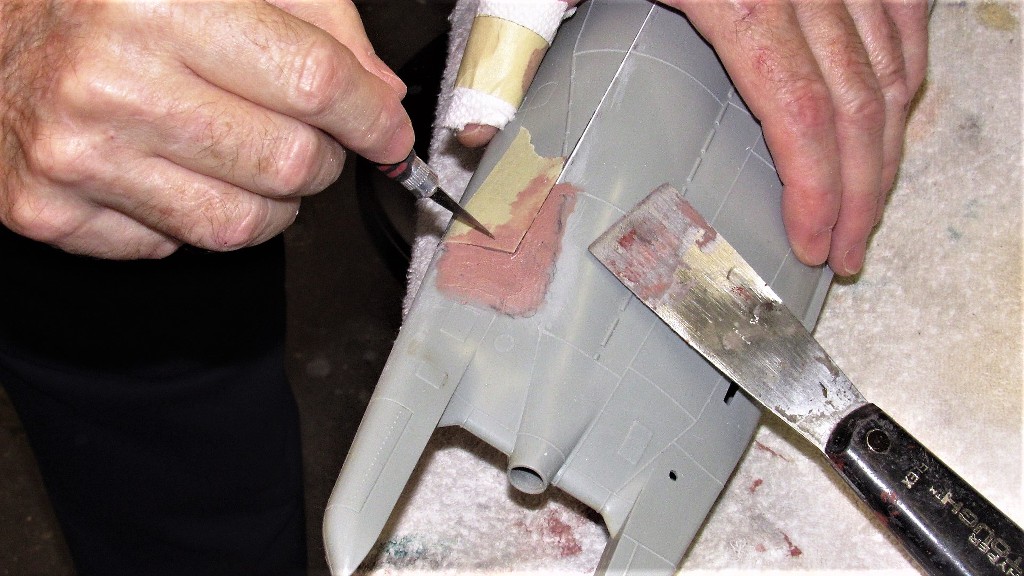
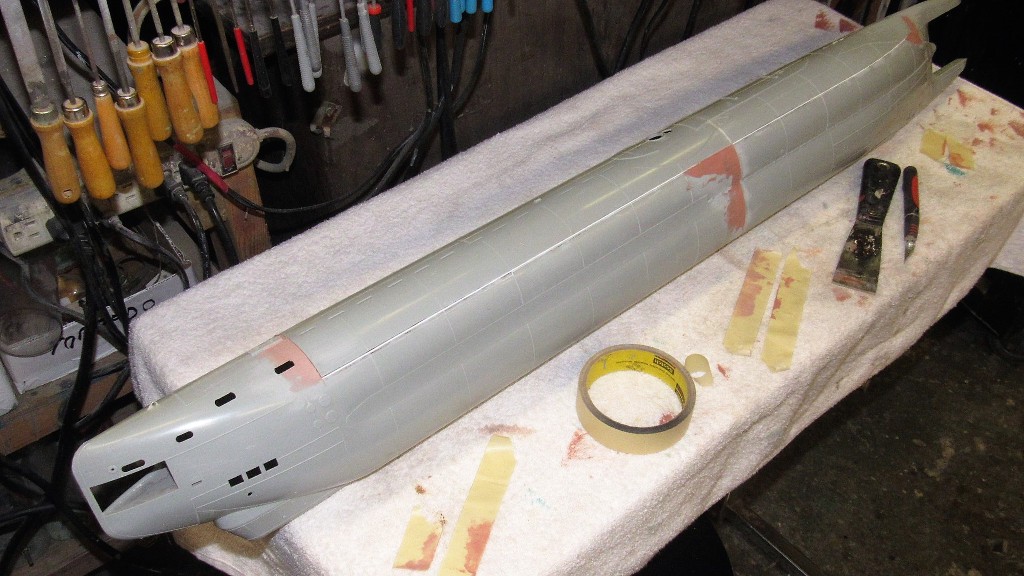

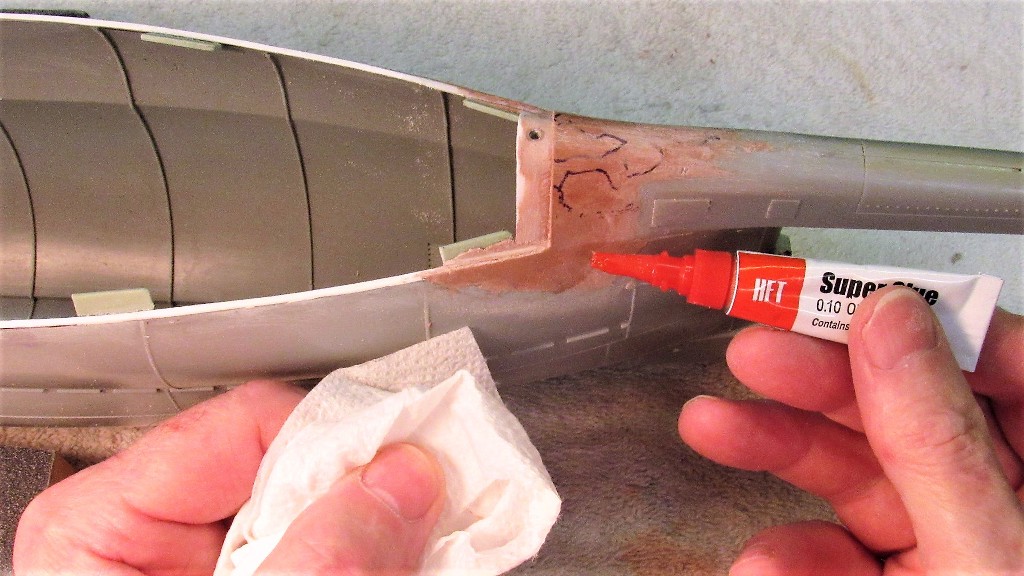


Comment